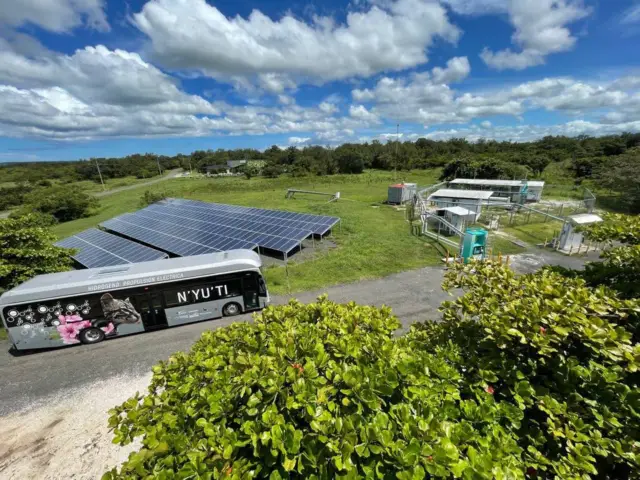Powering a fleet of ten buses or 100 vehicles with hydrogen can now be a reality, thanks to AD Astra Rocket perfecting the implementation to set up a green hydrogen plant.
Franklin Chang Díaz demonstrated in July of this year that he can recharge his fuel cell vehicle with hydrogen produced at the Liberia plant, the only one of its kind in all of Latin America.
In 12 minutes he recharged his Toyota Mirai and this gave him more than 500 kilometers of autonomy. This was explained by Chang Diaz regarding the installation of a hydroline in our country.
Interview with Franklin Chang Diaz, Physicist, Astronaut and Engineer:
In what commercial stage are they or what is the reality for a company to have a hydroline in our country?
We already have all the pieces and they are working, we already know which ones fail, when, what happens when they fail and what to do so that they do not fail. We already have a 100% operational plant.
Now we want to climb, this to make it bigger. And the scale is what enables the business, that it is profitable, that it generates reasonable profits and gives the consumer a product at a reasonable price. And what does it mean, we talk about mobility, vehicles, and we have it because that’s how it should be, we have to compare it with gasoline or diesel vehicles, that’s what there is, or those with batteries, because hydrogen is really an electric vehicle as such.

What are the investment costs to build the hydroline?
We are talking about 500 kilos of hydrogen produced per day, that requires a megawatt of electrical energy and that costs us approximately $5 million to start it up. That’s the capital cost, to put together a green hydrogen plant of that scale.
When that plant produces hydrogen, once it produces it, the investment must be recovered, how much to sell it for, at a price that allows me to have a 10% return on investment, that number is around $15 per kilogram, it could be between $12 and $15 per kilo, if I put a kilo of hydrogen in my vehicle, how long does it take me, with one kilo it takes me 130 km.
The price of electricity is super important when it comes to producing hydrogen. We hope that those idle megawatts, which are in the country with the companies that ICE does not buy them from, put a toll and consume green hydrogen at a more reasonable price.
How long would it take to set up a hydroline with two stations?
About 14 months it would take to get it up and running. A station with two hydrogen dispensers would enable 10 buses every day traveling about 300 kilometers per day, as well as 100 cars per day.

